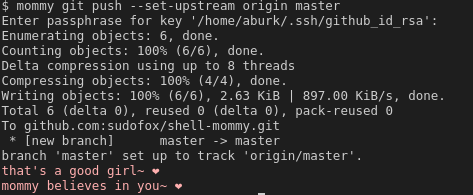

less distro-dependent like a privilege escalation attack
These also are valuable. Less valuable than browser escapes IMO though.
A keylogger is more likely, and it’s just as possible with sudo as it is with run0. They would replace sudo, run0, doas, etc with a fake command (since that only require access to the user), that either keylogs, or inserts a backdoor while it does the other sudo things.
I’ve heard a fair few times about thumbnailer attacks, but no real detail from KDE about what if any mitigations they have in place.
Please ignore the entire cybersecurity hype news cycle about images being used to spread malware. They often like to intentionally muddy the waters, and not clearly explain the difference between a malformed file being used as a vulnerability to exploit a code execution exploit, and an image file being used as a container for a payload (steganography). The former is a big deal, the latter is a non issue because the image is not the issue, whatever means the malware actually used to get onto the systems is.
Here’s a recent example of me calling this BS out. The clickbait title implies that users got pwned by viewing a malicious image, when in actually it was a malicious extension that did the bad things.
Unless you are using windows media player, the microsoft office suite, or adobe acrobat, code execution from loading a media file is a really big deal and fixed extremely quickly. Just stay updated to dodge these kind of issues.
As for zero days, unknown and unpatched vulnerabilities, again, that’s a different threat model because those exploits cost money to execute. Using an existing known (but fixed in updated versions of apps) is free.








You’ve heard of critical vulnerabilities in media processing applications that mean that thumbnails can theoretically be used to be spread malware. That is not the same as “this issue was being actively exploited in the wild and used to spread malware before it was found and patched”.
These vulnerabilities, (again, cost money), and are fixed rapidly when found. Yes, disabling thumbnails is more secure. But I am of the belief that average users should not worry about any form of costly zero day in their threat model, because they don’t have sensitive information on their computers that makes them a target.